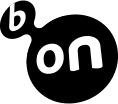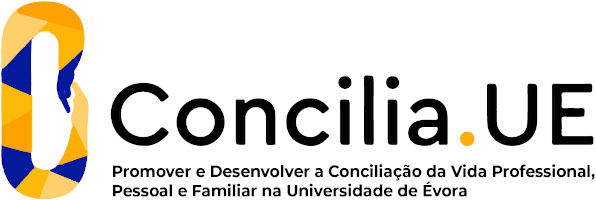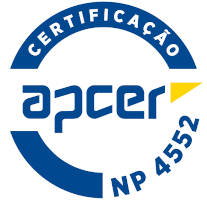2025
Zooarcheology
Name: Zooarcheology
Code: BIO14692M
6 ECTS
Duration: 15 weeks/156 hours
Scientific Area:
Biological Sciences
Teaching languages: Portuguese
Languages of tutoring support: Portuguese, English
Regime de Frequência: Presencial
Presentation
Zooarchaeology is a discipline focused on the study of faunal remains found in archaeological contexts, aiming to understand the use of animals by human populations of the past. Accordingly, the aim of this CU is to provide students with the theoretical and practical aspects of vertebrate zooarchaeology.
Sustainable Development Goals
Learning Goals
Zooarchaeology is a discipline focused on the study of faunal remains found in archaeological contexts, aiming to understand the use of animals by human populations of the past. Accordingly, the aim of this CU is to provide students with the theoretical and practical aspects of vertebrate zooarchaeology,such as:
Know contemporary approaches to the practice of zooarchaeology.
Be able to identify the main characteristics of mammal, bird and fish skeletons.
Know the methods used for sex and age identification in zooarchaeology.
Understand the interpretative potential of zooarchaeological data.
Be able to identify faunal remains in archaeological contexts.
Have developed a critical spirit about the methodologies used in zooarchaeological research.
Be able to elaborate research questions and to outline the procedures to obtain the appropriate answers.
Be able to incorporate the SDGs into zooarchaeology practice and identify the Sustainable Development Goals.
Know contemporary approaches to the practice of zooarchaeology.
Be able to identify the main characteristics of mammal, bird and fish skeletons.
Know the methods used for sex and age identification in zooarchaeology.
Understand the interpretative potential of zooarchaeological data.
Be able to identify faunal remains in archaeological contexts.
Have developed a critical spirit about the methodologies used in zooarchaeological research.
Be able to elaborate research questions and to outline the procedures to obtain the appropriate answers.
Be able to incorporate the SDGs into zooarchaeology practice and identify the Sustainable Development Goals.
Contents
1. Introduction. Basic principles and practice of zooarchaeology
2. Relations between humans and animals. Domestication. Development of faunal assemblages: taphonomy processes and recovery methods.
3. Bone tissue. Development, structure and growth.
4. Taxonomy and evolution. Anatomical and morphological aspects of faunal remains
5. Mammals
6. Birds
7. Fishes
8. Analytical methods in Zooarchaeology
8.1. Classification, recording and quantification.
8.2. Structure of animal populations. Age and sex determination.
8.3. Anthropic changes: processing and consumption.
8.4. Husbandry practices: interpretation of results.
2. Relations between humans and animals. Domestication. Development of faunal assemblages: taphonomy processes and recovery methods.
3. Bone tissue. Development, structure and growth.
4. Taxonomy and evolution. Anatomical and morphological aspects of faunal remains
5. Mammals
6. Birds
7. Fishes
8. Analytical methods in Zooarchaeology
8.1. Classification, recording and quantification.
8.2. Structure of animal populations. Age and sex determination.
8.3. Anthropic changes: processing and consumption.
8.4. Husbandry practices: interpretation of results.
Teaching Methods
Teaching methodologies:
TP: expository and active classes supported by audio-visual, using biological collections, observation of vertebrate skeletons and didactic models. S: lectures by internationally renowned experts (via on-line or on-site). TC: classes displaced to archaeological sites and/or involving the observation and consultation of specialized osteological collections.
The Moodle platform will be an important support for the CU, with emphasis on the provision of bibliography, study support documents and protocols.
TP: expository and active classes supported by audio-visual, using biological collections, observation of vertebrate skeletons and didactic models. S: lectures by internationally renowned experts (via on-line or on-site). TC: classes displaced to archaeological sites and/or involving the observation and consultation of specialized osteological collections.
The Moodle platform will be an important support for the CU, with emphasis on the provision of bibliography, study support documents and protocols.
Assessment
Continuous evaluation: written test (60%) and group work (40%) of 2-3 students, with one archaeofauna sample, with a practical component and delivery of a written report.
The final classification is calculated as follows: CF=0,6.NE+0,4.NTG; where CF is the final classification, NE the exam grade and NTG the group work grade, obtained through the arithmetic mean of the two components. Non-continuous assessment will be with a final exam.
The final classification is calculated as follows: CF=0,6.NE+0,4.NTG; where CF is the final classification, NE the exam grade and NTG the group work grade, obtained through the arithmetic mean of the two components. Non-continuous assessment will be with a final exam.





















